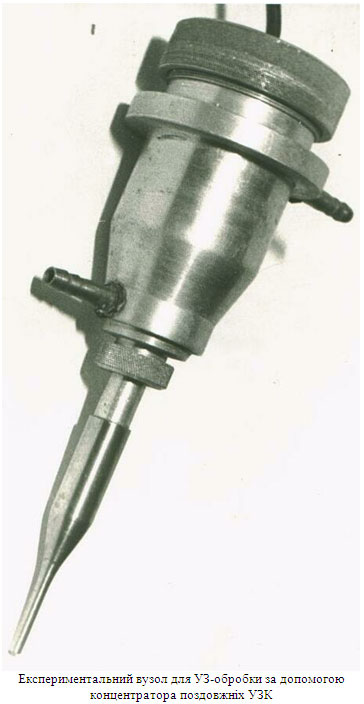Competitive technology of molding structural products from traditional and nanomodified polymer composite materials
A new competitive technology has been developed for the molding of structural products from traditional and nanomodified polymer composite materials (PCM) based on the use of effective low-frequency ultrasonic (US) cavitation modes in liquid polymer media. Effective processing parameters were established for the basic technological operations of preparing nanosuspensions, preliminary ultrasonic treatment, disintegration and mixing in the preparation of liquid nanomodified polymer compositions. This allows you to get defect-free and high-strength structural products with a predetermined level of properties and provide energy and resource efficiency of the formation of composites.
An adequate experimental-statistical model of the process of preliminary ultrasonic treatment of traditional polymer compositions has been developed, which allows modeling of effective regime parameters of cavitation treatment (frequency, amplitude, intensity, temperature, time) at which increased operational properties of hardened traditional polymer composites are achieved and excluded conducting numerous field experiments.
It has been confirmed that the introduction of nanomodifiers in the form of CNTs into a liquid polymer matrix in an optimal amount leads to an increase in strength indicators and contributes to a more complete and faster solidification process. At the same time, the scoring time is reduced and homogenization is accelerated in comparison with traditional technology, and the homogeneity of the liquid polymer binder containing dispersed fillers is improved.
An increase is achieved on average by (30 - 45)% of the wetting ability of the liquid epoxy matrix to traditional fillers and the improvement of its homogenization, which also contributes to faster (2-3.5 times) and better impregnation. The adhesion of hardened classical composites to the surface of structural materials was found to increase by an average of (10 - 18)%, and nanocomposites by 1.5-2 times (depending on the type of carbon nanomodifier) with a decrease in the total manufacturing time of hardened composites in (2 - 2 5) times.
A preliminary qualitative analysis of the microstructure of the thermoplastic traditional and nanomodified PCMs obtained under different conditions was carried out. The influence of ultrasonic treatment on the structural parameters of the composite, contributing to the improvement of its operational properties, is investigated.

| Attachment | Size |
|---|---|
| 559.14 KB |




